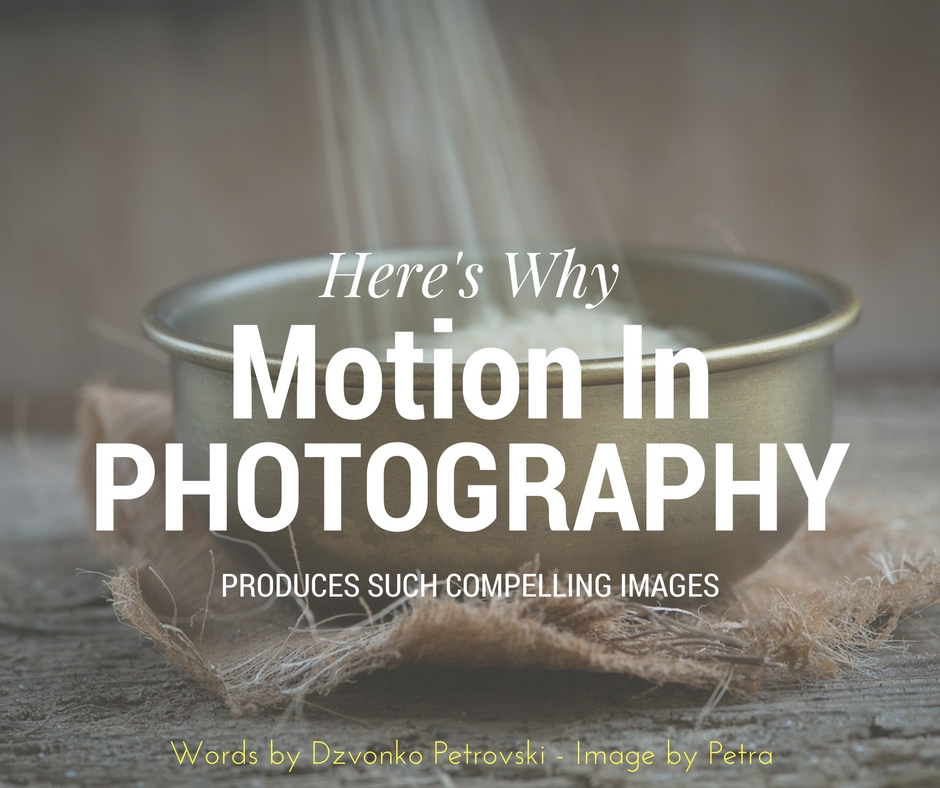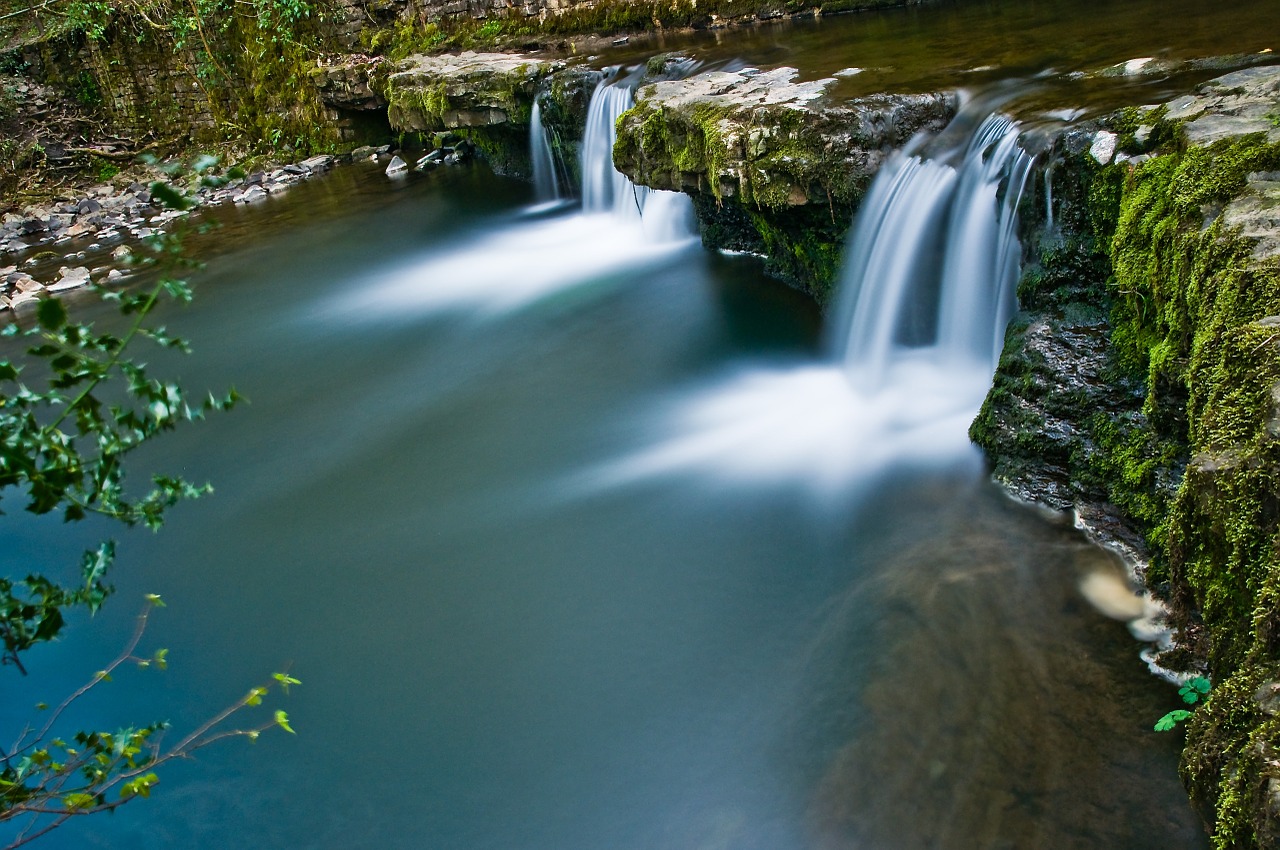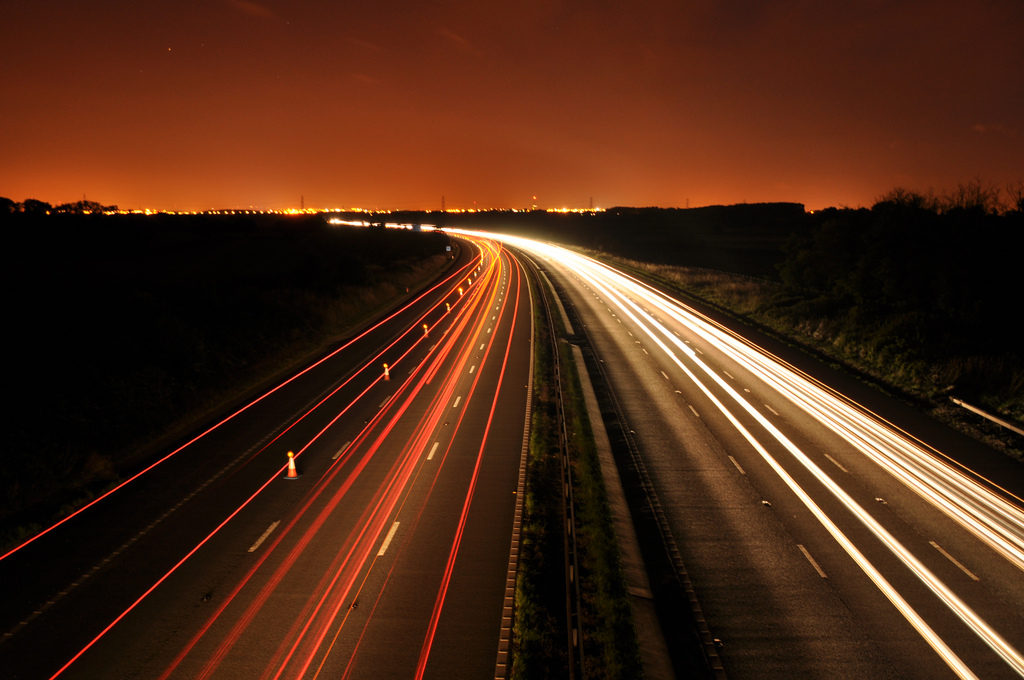
FREE BONUS: If you want to take your portraits to the next level, then download our free Portrait Photography Cheat Sheet. Print it out and take it with you so you always have the basics on hand when you need it – when shooting! Download it here.
If you're looking into motion in photography, you're probably also looking to broaden your creative vision as a photographer. Well, don't stop there because this guide “The Creativity Catalog” is designed to ensure you don't let boredom ruin your progress!
Why Use Motion In Photography?
Most photographers tend to avoid motion in their photographs since it often creates blurry and messy photographs. This might be partially true, but if you know what you are doing you can create much better photos by intentionally adding motion in photography by using longer shutter speeds.
Since motion in photography often creates a sense of time, it makes the pictures look more natural and compelling. That is why photographers in motorsports often tend to use panning instead of just freezing the action.
Freezing it would be much easier, but a proper panned photo is much more compelling and better at describing the scene.
1. Sense Of Time
Maybe it's obvious, but motion in pictures simply equates to a real sense of time. Largely due persistence of the human eye. We practically see everything in something equal to around 1/50th of a second shutter speed.
Even though it can’t be easily quantified like this, since the brain creates the image in completely different manner, the feel we get is about that.
Therefore, when you use longer shutter speeds in things that are moving, you will get them smudged a bit (for example people walking in the street), though you might think that a sharp image would suit better, often times that motion is what makes the image compelling.
This is especially true if it has a direction that will point the eye towards the place where you want the most attention from the viewer.
2. Sense Of Motion (The Panning Technique)
Though used mostly in motorsports, and mostly gravitating around vehicles, panning is the best way to capture symmetrical motion.
In other words, with panning you can have the object sharp while the background blurred due to the use of longer shutter speeds and careful camera motion (known as ‘tracking the subject').
The other benefit is that somehow it makes a messy scene much more minimalist, letting the viewer experience the subject without much distraction with the sense of high speed movement.
Additionally, panning can be done in two ways:
- The first being in the original sense of the word: you pan your camera in order to create the motion.
- The other way however (often seen in car commercial photography) being that you (the photographer) are in motion with the exact same speed as the vehicle or object which is being photographed, and again using longer shutter speed you capture the motion of the vehicle while having it sharp. This is done when you need to have the vehicle at an angle.
3. Create Smoother Textures
Often when photographing water scenes, having everything sharp and frozen usually creates messy pictures. However if you have slower shutter speeds the motion in the water will create smoother textures.
Extremely long shutter speeds will create an ethereal looking smooth surface in the lakes/seas while having creamy waterfalls and water motion in the rivers.

Photo by PhotoVision
For waves crushing, shutter speeds of around 1/30th of a second give or take will induce enough water motion to emphasize the motion and power of a crushing wave.
4. Capturing Light Trails In Motion Photography
Finally, light trails are always fun to watch and they somehow give the sense of a large timeframe compressed into one picture. Having said that, light trails are often some of the most impactful long exposure photographs for the non photographer viewers.
However, for us photographers, we don’t see the pictures the same way the non photographers do, so I’m not going to debate that.

Light trails can be created in two ways:
- One being with the regular good old long exposure, of around 20-30 seconds. That would give enough time for cars to pass by and leave a decent amount of trails.
- The second way is combining more exposures, that way to have more trails if there isn’t enough traffic to do so. You can do that by loading the images in Photoshop as layers, converting them to smart objects and then use mean stack mode.
If you're looking into motion in photography, you're probably also looking to broaden your creative vision as a photographer. Well, don't stop there because this guide “The Creativity Catalog” is designed to ensure you don't let boredom ruin your progress!
Summary
Motion in photography is nothing to fear. Photographs aren’t always frozen action, in fact they rarely are. Make sure you capture the scene in the best and most natural way for the viewer, in order to have everything as appealing as possible.
Remember: Motion created by moving objects is rarely a problem, however, motion created by your hands shaking is almost always a problem.
In light of that, be sure that you have your camera mounted on a tripod properly and make sure that you have practiced the use of longer shutter speeds accordingly. Once you master it, your photography will be raised to a whole new level!
If you're looking into motion in photography, you're probably also looking to broaden your creative vision as a photographer. Well, don't stop there because this guide “The Creativity Catalog” is designed to ensure you don't let boredom ruin your progress!
Further Resources
- Beginners! 5 Long Exposure Photography Tips That Rock by Graham Kelly
- How to Photograph Light Trails by Light Stalking
- 5 Tips for Capturing the Magical Beauty of Waterfalls by Jason D. Little




